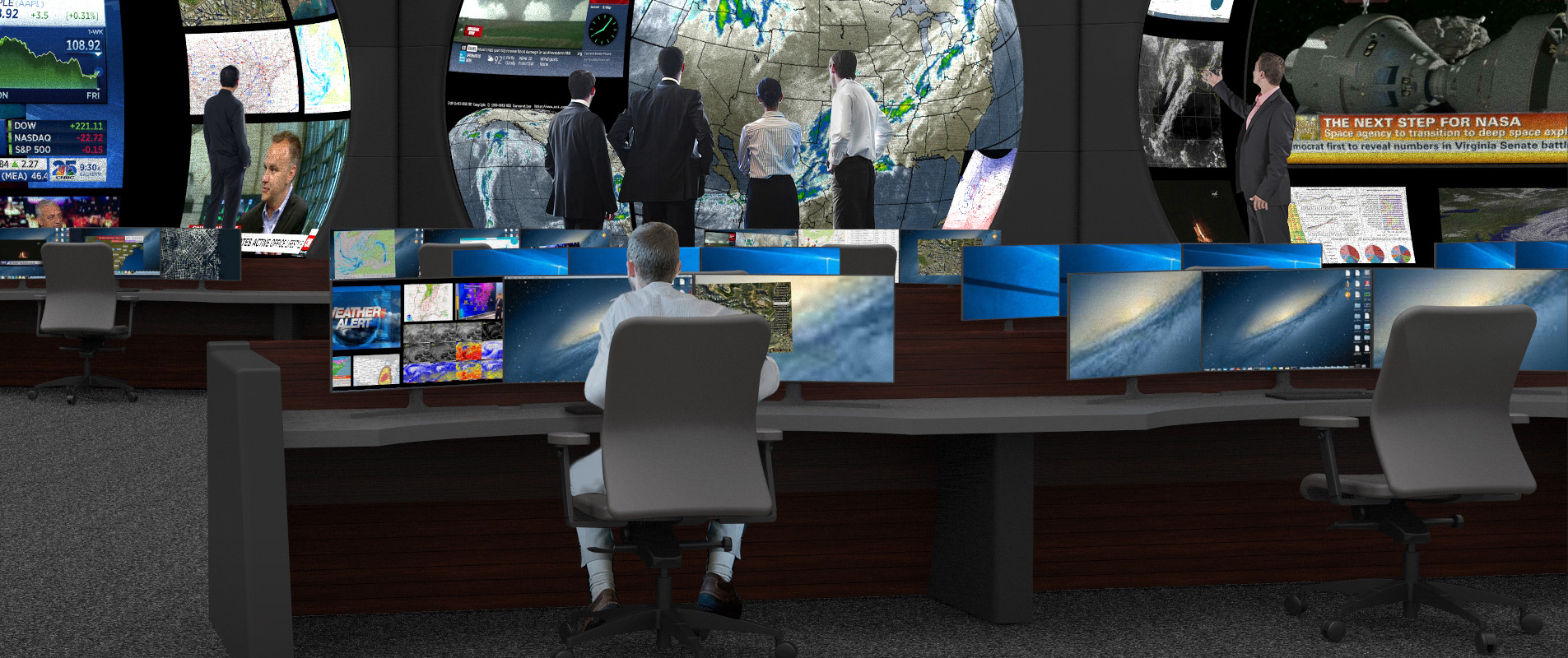Why virtual reality for law enforcement training just makes sense
Today’s law enforcement is constantly changing. Officers face many difficult situations in the line of duty, and as gun violence continues to rise, they are increasingly required to make critical decisions in tense, uncertain and rapidly evolving situations.
It takes constant training for public safety officers to perform at their best. However until recently, police officer training was limited and costly, and offered very little conflict resolution and anti-bias teaching. But now, emerging technologies such as virtual reality could change that.
Simply put, virtual reality creates immersive digital scenarios which simulate real-life incidents. VR for law enforcement can be used to help officers learn communication and de-escalation skills while training in a safe environment, providing officers more agency in their learning.
It’s not a video game
From remote collaboration, to officer preparedness, tiered training, and learning critical thinking skills, VR for law enforcement training is a powerful tool that can do many things at once.
Here are some key ways in which virtual reality can be used for police officer training:
- Use-of-Force Training. VR can simulate realistic scenarios that involve the use of force, such as responding to an armed suspect or active shooter situations. Trainees can make split-second decisions, assess threats, and practice de-escalation techniques in a controlled environment.
- Tactical Training. VR also allows officers to enhance their situational awareness and practice tactical movements, cover techniques, and teamwork in different immersive environments including buildings, streets, and vehicles.
- Crisis Intervention Training. There is a large need for more crisis and mental health training for law enforcement. VR can replicate encounters with distressed individuals, teaching officers how to communicate effectively and develop empathy towards those in pain.
- Real-Life Scenarios. With VR, officers can practice real world scenarios such as traffic stops, domestic disputes, and crime scene investigations. In turn, officers can experience the complexities and challenges of real-world law enforcement and improve their decision-making and response times.
- Bias Training. Officers can also develop cultural competency and reduce implicit bias by experiencing different VR scenarios with diverse communities.
- Evaluation and Debriefing: Perhaps the most important part of VR training is the debrief. VR can record and replay entire scenarios from different vantage points, including the officer, bird’s eye, and the suspect. Officers then receive immediate feedback and analysis over their performance.
Better law enforcement training = better results
Is your law enforcement agency interested in virtual reality training solutions? Immersive FX’s DigiDome™ creates immersive environments and real world simulations in stunning full color and surround system audio. See how our ultra realistic technology is changing the future of public safety and law enforcement training today.

